Federal officials leave dozens of migrants at bus stations across San Diego County
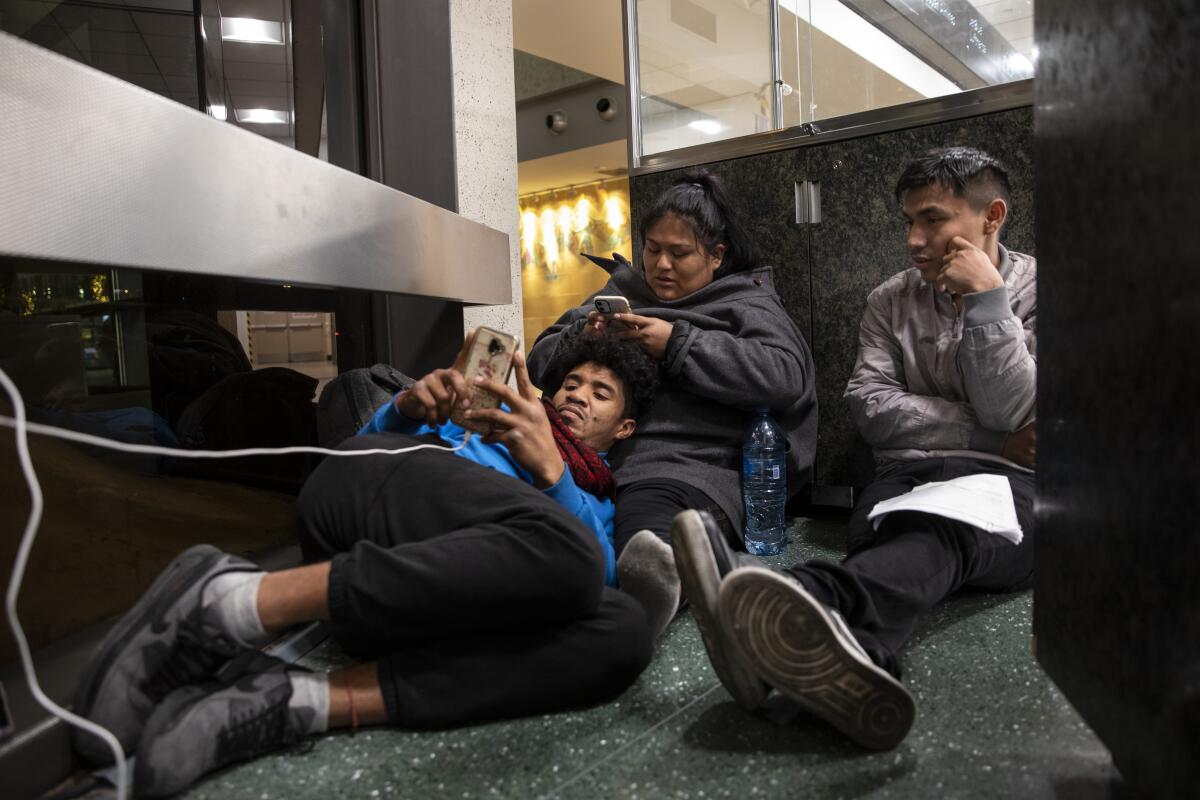
- Share via
Federal officials left dozens of migrants scattered at bus stations across San Diego County on Friday as winter storms blocked travel nationally and the region’s migrant shelters filled to capacity.
From El Cajon to Oceanside, migrants found themselves suddenly on the streets, some without phones, and in some cases without the family members they’d traveled with. Those who spoke with the Union-Tribune had crossed into California at various parts of the Mexico-U.S. border. It was not clear whether any had been bused to San Diego for processing by the U.S. Border Patrol after crossing farther east in Yuma, Ariz., which has become a hot spot for apprehensions.
Those with family or friends within a few hours’ drive waited to be picked up; others packed into taxis and Ubers and headed to the airport, hoping to buy plane tickets to reach their loved ones. Many spent hours figuring out where they would spend the night.
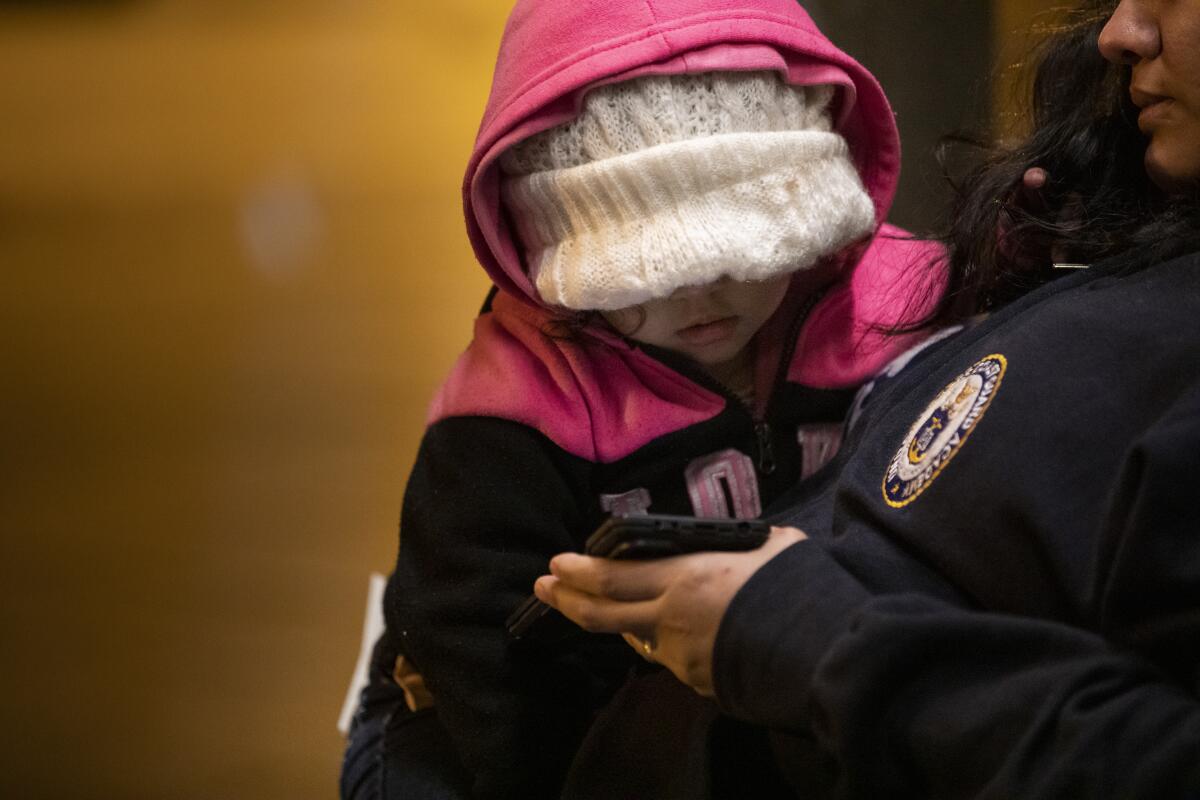
“Due to the extreme weather conditions impacting outbound travel, our resources and the current infrastructure have been stretched to capacity,” the San Diego Rapid Response Network Migrant Shelter said in an emailed statement. “At this time, we cannot respond to requests coming through the ... emergency hotline to assist in sheltering additional asylum seekers.
“We will resume welcoming additional asylum seekers as capacity and weather conditions improve, while also calling on the federal government to prioritize rebuilding our country’s broken asylum and immigration systems, including improved processes for migrant shelter services across the border region,” the shelter added.
When asked about the bus station drop-offs, an unidentified U.S. Customs and Border Protection official said that the agency coordinates with state and local partners to release noncitizens from custody.
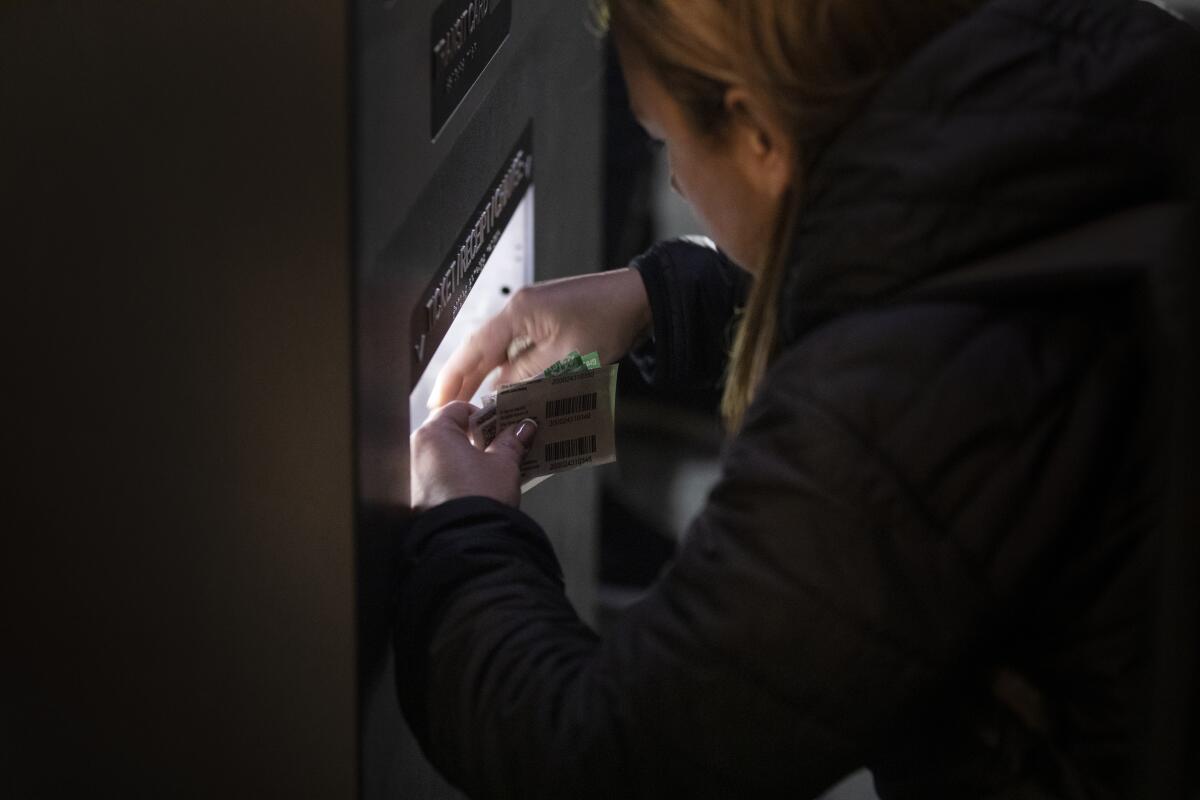
The agency “works diligently to ensure that releases are conducted in a safe manner and that all noncitizens released from custody are provided essential support upon release and may access transportation to continue to their destinations,” the official said.
Normally, after crossing the border, migrants who are released in the San Diego area go to one of two shelters, one run by the San Diego Rapid Response Network and the other by Catholic Charities. Both shelters provide hotel rooms for migrants to stay in due to pandemic precautions.
State and federal money helps fund the shelters. The state of California has spent roughly $1 billion on migrant support in border regions, according to Brian Ferguson of the Governor’s Office of Emergency Services.
“These types of events are an important reminder that additional federal resources and meaningful reform are needed to support appropriate border infrastructure that reflects current needs,” Ferguson said.
After learning about the drop-offs, county Supervisor Jim Desmond decried the practice, saying the federal government should operate shelters for migrants rather than releasing them on the street.
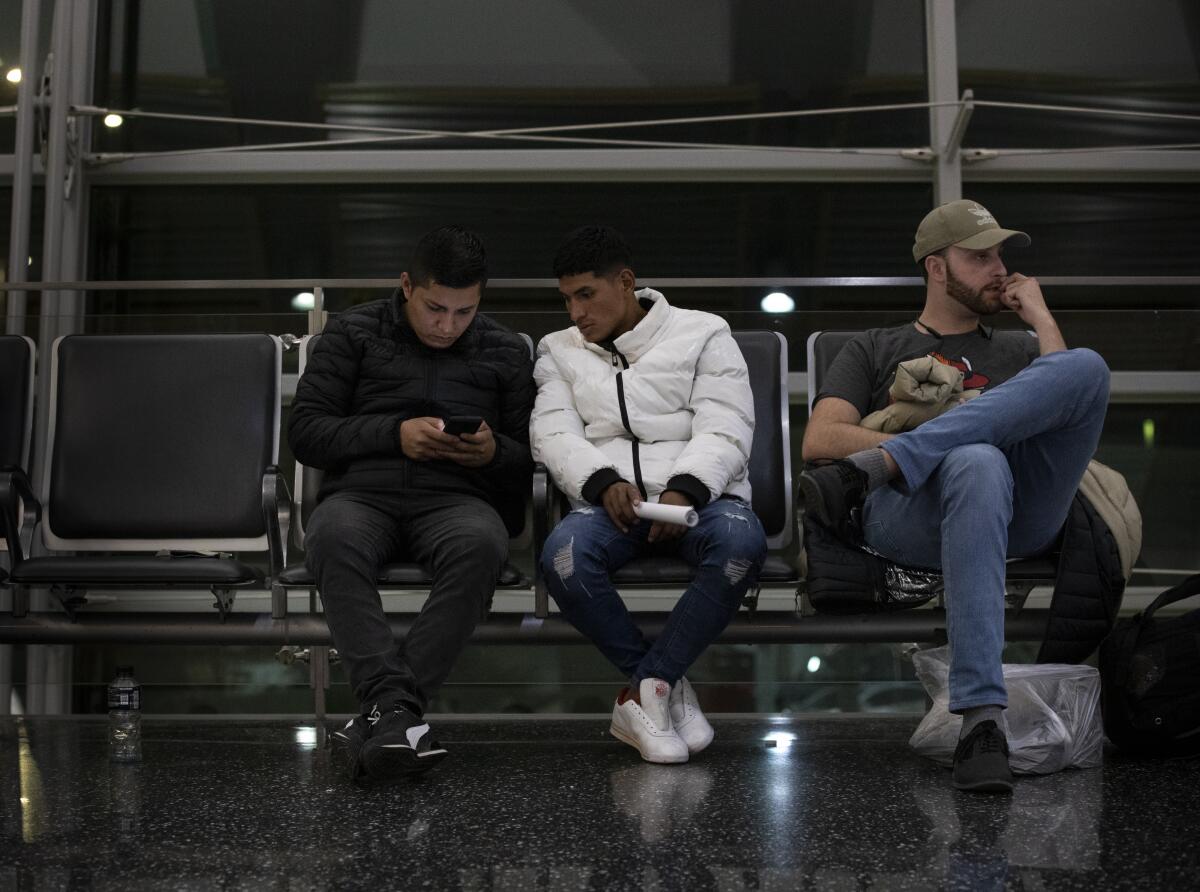
Michael Workman, communications director for San Diego County, said that county officials were in regular communication with the federal government regarding migrant processing, and that they were pushing for more resources for the shelters.
San Diego Mayor Todd Gloria also recently wrote a letter requesting more support in light of the potential end of Title 42, a pandemic-era policy that prevents most asylum seekers from crossing onto U.S. soil at ports of entry, and expels them to Mexico if they’re caught sneaking into the United States.
Due to logistical and diplomatic issues, Title 42 does not apply evenly across nationalities. The migrants dropped off at area bus stations were of nationalities that are not easily expelled.
The local nonprofit-run shelters were still trying to take the most vulnerable arrivals, prioritizing families with children, among others, according to Appaswamy “Vino” Pajanor of Catholic Charities.
But some children still ended up at the bus stations. At the El Cajon Transit Center, one woman from Nicaragua held her 2-year-old daughter for hours while they waited for a ride to arrive from Los Angeles. A Chinese family that included a 5-year-old boy was also waiting to be picked up.
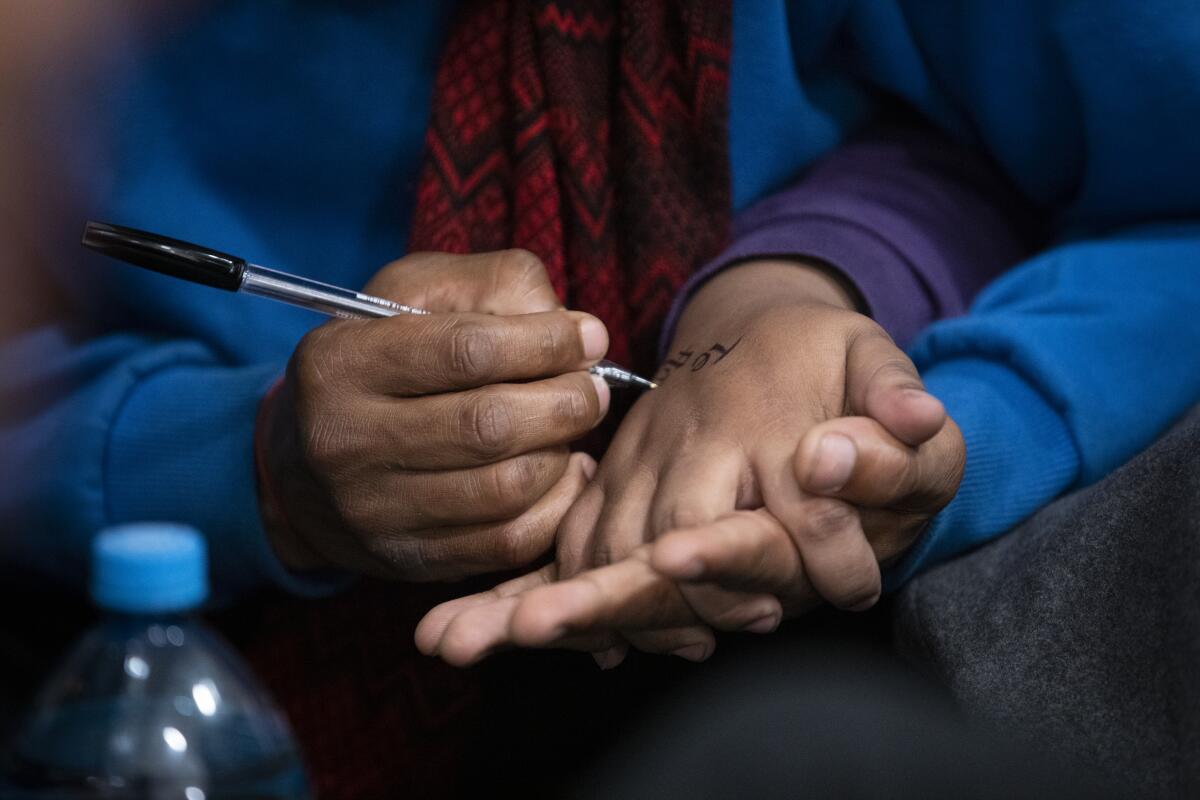
Two employees from the car dealership across the street noticed when Border Patrol dropped off an estimated 60 people in the large parking lot next to the trolley and bus stations. Omar Vargas and Liana LeBaron felt called to help instead of heading home from work. They soon found themselves phoning migrants’ relatives and coordinating plane tickets and bus rides.
Both were horrified that U.S. officials had left the asylum seekers there with no support as the sun was setting. Vargas noted that the transit center can be particularly dangerous at night.
“We didn’t believe it,” a man from Nicaragua said in Spanish of the moment when they realized where they’d been taken.
He and the other asylum seekers in this story asked not to be fully identified due to their vulnerable situations.
He and his friend hoped to reach Indianapolis by bus, but they didn’t know where to go to begin their journey.
Meanwhile, many who managed to reach the airport prepared themselves to sleep in the ticketing areas or in the hallways between the terminals.
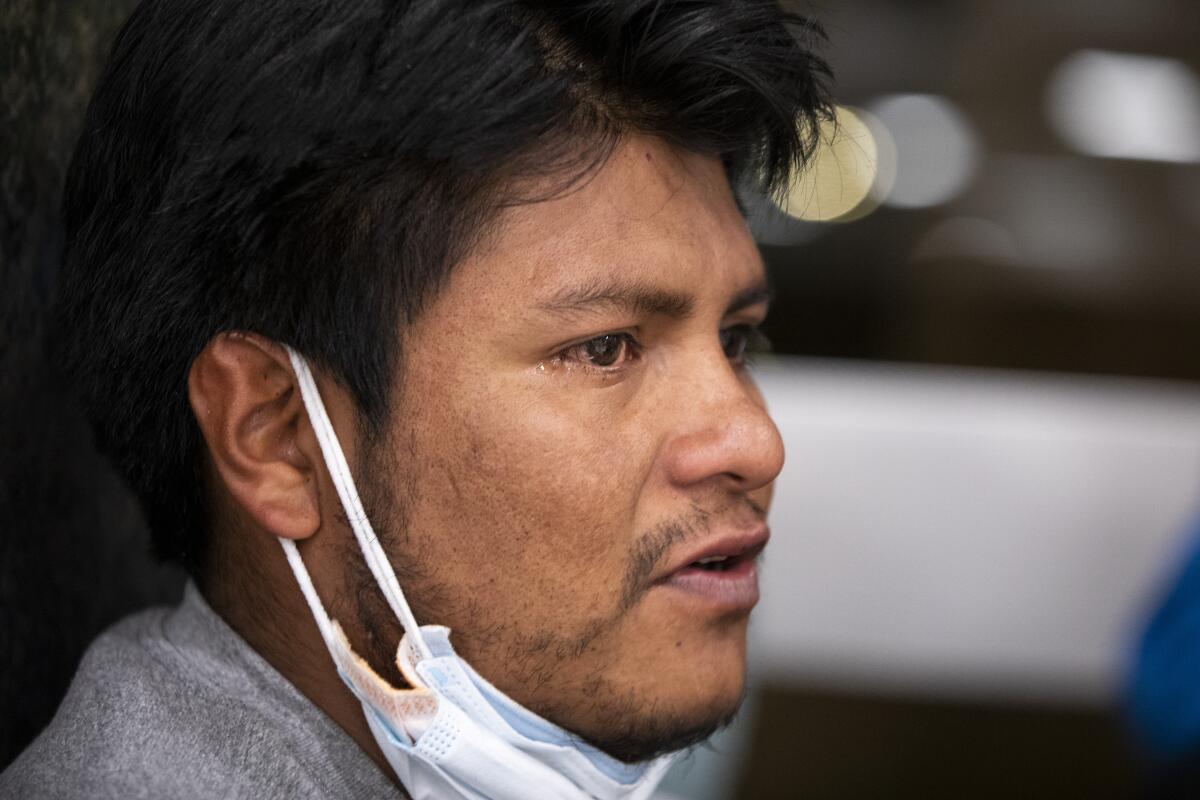
Several Peruvian men hoped to reach New Jersey, but none could afford the $2,000 price tag for a plane ticket. They planned to spend the night at the airport and look into bus options the next day.
They said they’d been dropped off in Oceanside after spending five days in immigration custody.
“We were totally disoriented,” one said.
A man from Ecuador huddled with another group of Peruvians in a hallway on the lower level of the airport. His clothes and shoes had been so destroyed by his journey that he’d been given new ones by Border Patrol.
He and his pregnant wife were fleeing increasing violence and extortion back in Ecuador, he said.
They were separated by Border Patrol, and he didn’t know how to find her. He didn’t have a phone. He was able to borrow one of his companion’s phones and learned that she was at a shelter, but he didn’t know which one. And he didn’t have any money to try to make his way to her.
He recalled through tears the horrors the pair had seen on their journey through the Darién Gap, a particularly dangerous stretch of jungle between Colombia and Panama that South American migrants must cross en route to the U.S.
“It’s horrible,” he said. “There’s nothing you can do but keep going with your feet.”
It was only after they’d passed through the jungle that they learned she was pregnant, following many years of trying to conceive. The news gave them the strength to continue, he said.
After the Union-Tribune asked the San Diego Rapid Response Network about his wife’s location, the shelter sent someone to help him reunite with her. When the Union-Tribune called his wife, she sent a photo indicating she was at a shelter in Riverside County’s Moreno Valley.
Family separations have become common under a Border Patrol strategy of shifting arriving migrants from one area to another for processing. The American Civil Liberties Union of San Diego and Imperial Counties and Jewish Family Service wrote a letter in July 2021 calling for an end to such separations.
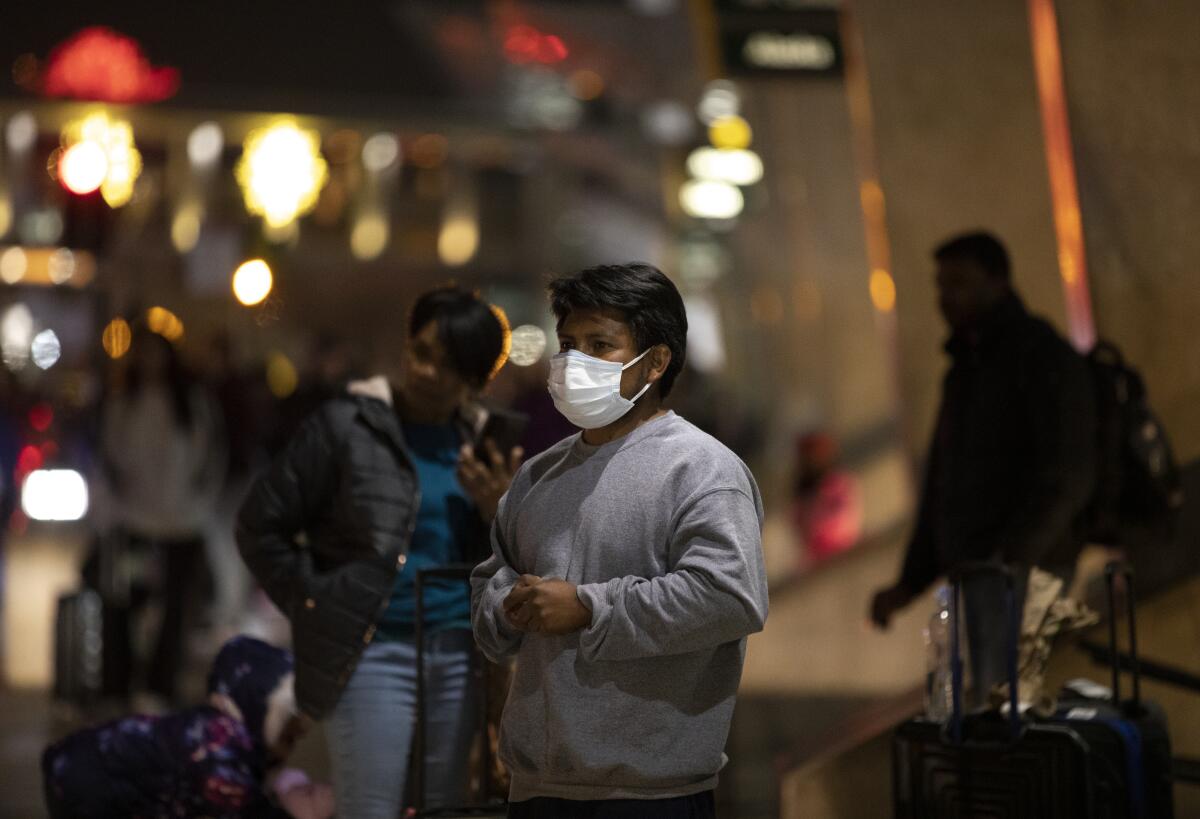
More to Read
Sign up for Essential California
The most important California stories and recommendations in your inbox every morning.
You may occasionally receive promotional content from the Los Angeles Times.











